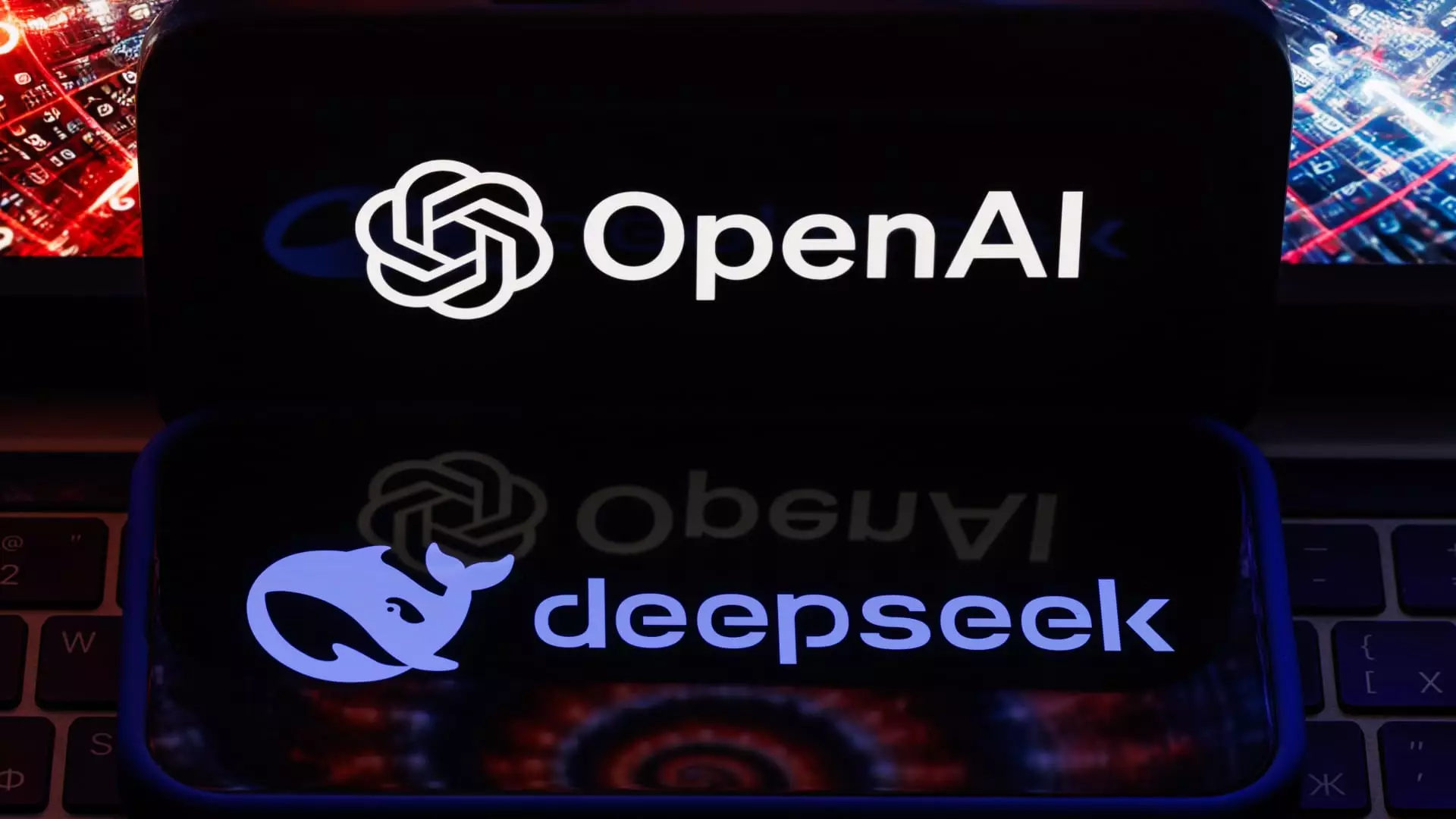In January, the unexpected announcements from the Chinese AI lab DeepSeek sent shockwaves through international markets, particularly impacting the tech and semiconductor sectors. The lab claimed that its artificial intelligence models were not only less expensive than their American counterparts but also exhibited superior efficiency. This revelation ignited a broader sentiment in the market, revealing lingering fears about the competitive landscape of artificial intelligence. Yet, the implications of DeepSeek’s breakthrough extend far beyond just one emerging company; they underscore a significant shift in how we understand and develop AI technologies.
As Silicon Valley grapples with these unsettling developments, tech leaders are facing a daunting reality: traditional methods of AI development are potentially in jeopardy. Central to this paradigm shift is a method termed “distillation,” which involves distilling knowledge from a larger, complex AI model to create a more streamlined and capable version. Essentially, this technique allows smaller, resource-light teams to forge sophisticated AI models by leveraging insights from their larger counterparts—often without the massive time and financial investments that typically characterize AI research and development.
The essence of distillation lies in its efficiency and accessibility. A large tech enterprise may spend years and considerable financial resources to develop a top-tier AI model. In contrast, a smaller lab like DeepSeek can efficiently train a specialized model by posing questions and extracting knowledge from the pre-existing “teacher” system. This relationship allows for the rapid creation of models that closely approach the capabilities of the original, larger models, but with significantly reduced time and cost investments.
As pointed out by Databricks CEO Ali Ghodsi, the implications of this technique are profound. “This distillation technique is just so extremely powerful and so extremely cheap,” he commented, indicating that anyone can access this technology. The emergence of such competition among AI developers indicates a forthcoming renaissance in the field of large language models (LLMs), as diverse players begin to explore new innovations more vigorously than ever before.
One of the most noteworthy aspects of the distillation process is its potential to level the playing field among AI developers, particularly for startups and research labs that historically lacked the resources needed to compete with tech giants. For example, researchers at Berkeley demonstrated last month that they could replicate OpenAI’s reasoning model in just 19 hours, costing approximately $450. Further, teams from Stanford and the University of Washington managed to create their own reasoning model in a mere 26 minutes, using less than $50 in computing costs. These instances exemplify how distillation fosters rapid innovation without the heavy overhead that typically stifles smaller organizations.
An intriguing example that signifies this shift is the startup Hugging Face, which successfully recreated OpenAI’s sophisticated new feature, dubbed Deep Research, via a 24-hour coding challenge. Such successes reflect the newfound ability of smaller teams to harness advanced technology effectively, possibly foreshadowing a slew of breakthroughs that could reshape the AI landscape.
While DeepSeek did not invent the distillation method, it significantly heightened awareness of its potential and implications. The lab’s work has catalyzed a broader cultural movement towards open-source AI development. Arvind Jain, CEO of Glean, posited that “open source always wins in the tech industry,” highlighting a prevailing belief that transparency and community-driven innovation serve as catalysts for progress.
In response to DeepSeek’s challenge, even established players like OpenAI have begun to reconsider their strategies, distancing themselves from a previously closed-source approach. OpenAI CEO Sam Altman’s candid reflections on social media indicate a potential shift towards embracing openness in AI development, suggesting a new narrative is unfolding—one where collaborative innovation may triumph over proprietary technologies.
DeepSeek’s bold revelations have precipitated a revolution in AI development practices, illustrating the disruptive potential of distillation technology and the value of open-source collaboration. As the lines of competition become blurred, we may witness a proliferation of innovation that uplifts smaller startups while challenging the long-standing dominance of established firms. The AI landscape is entering uncharted territory, and the forthcoming years may redefine how we innovate and collaborate in this ever-evolving field.


Leave a Reply